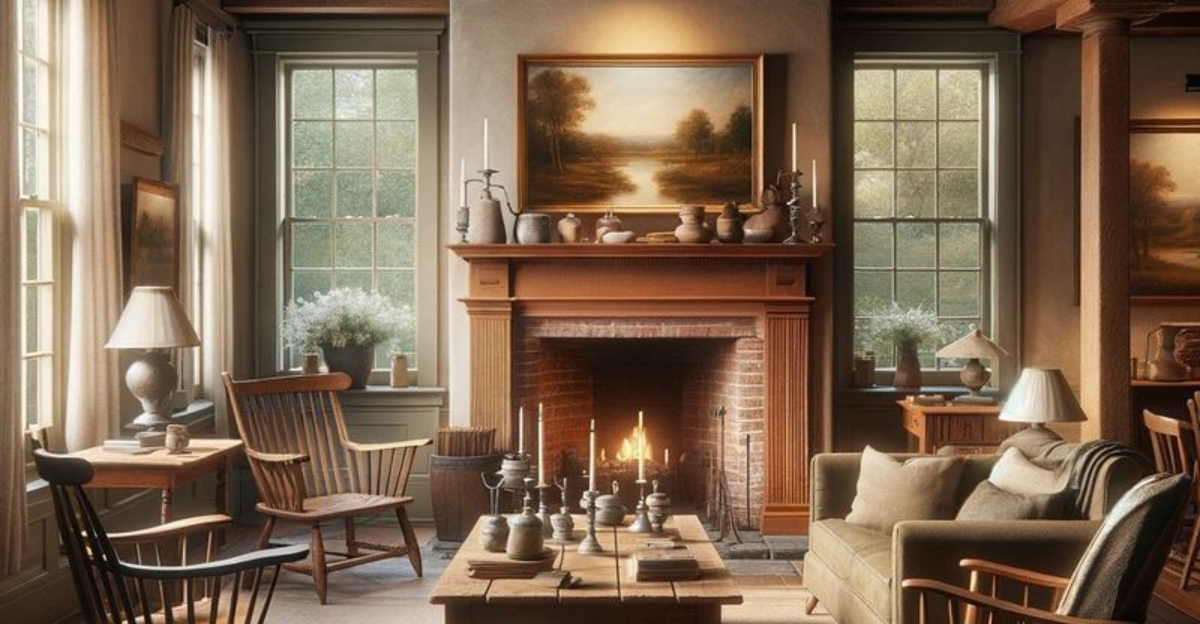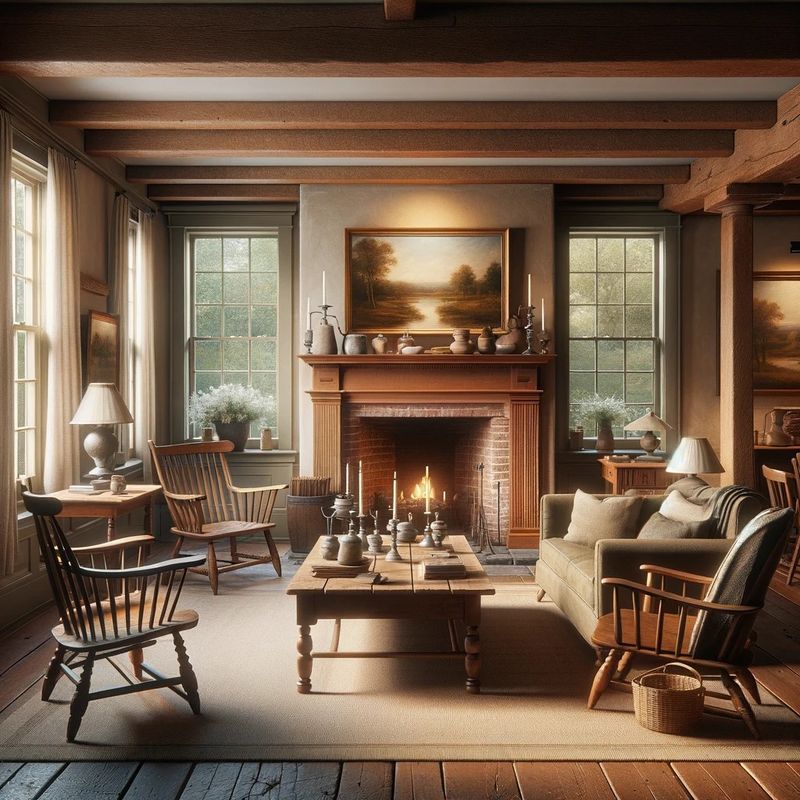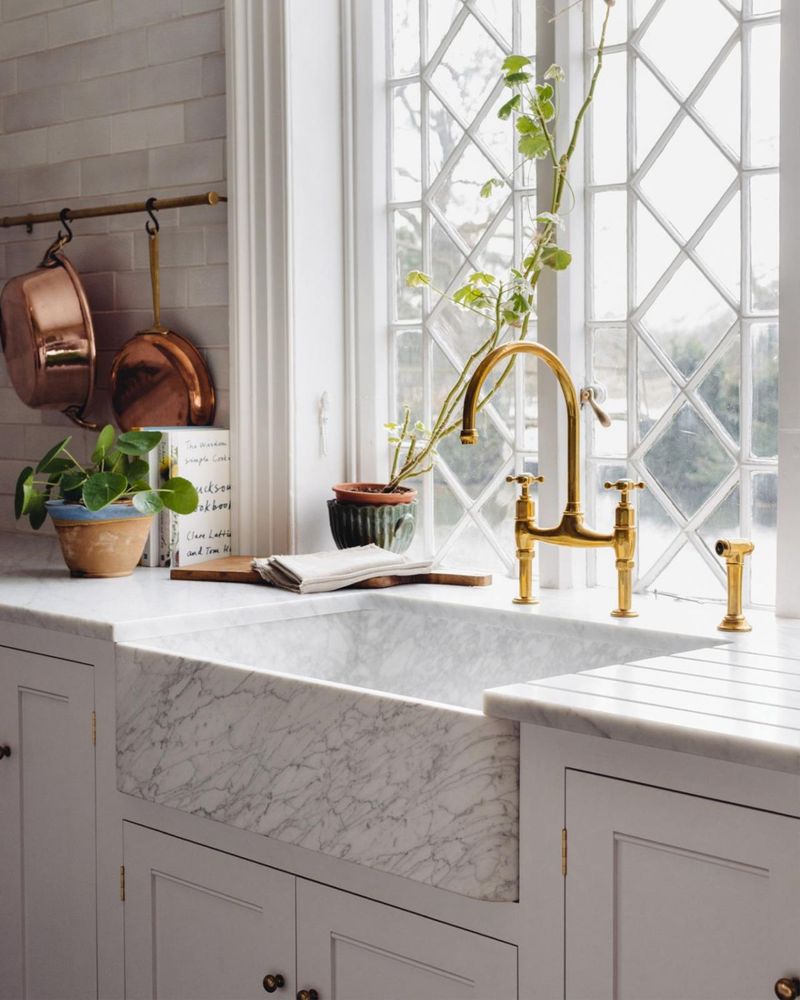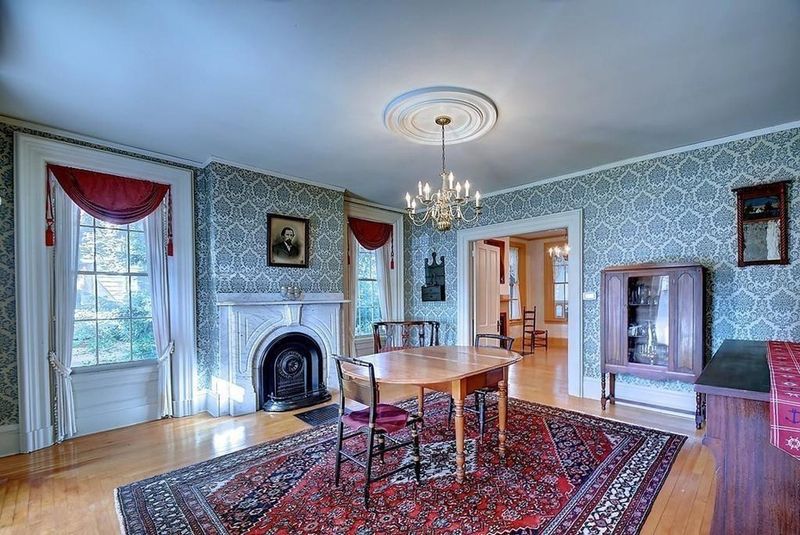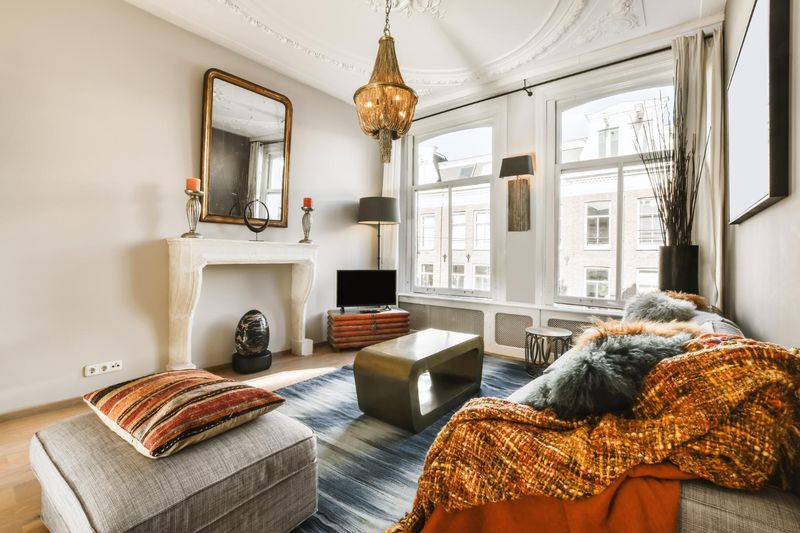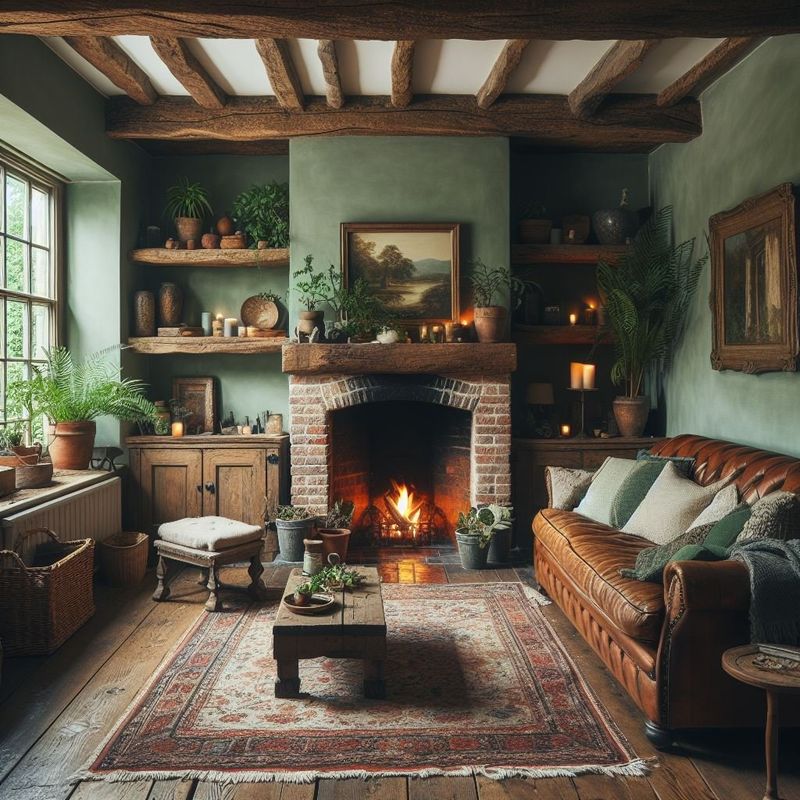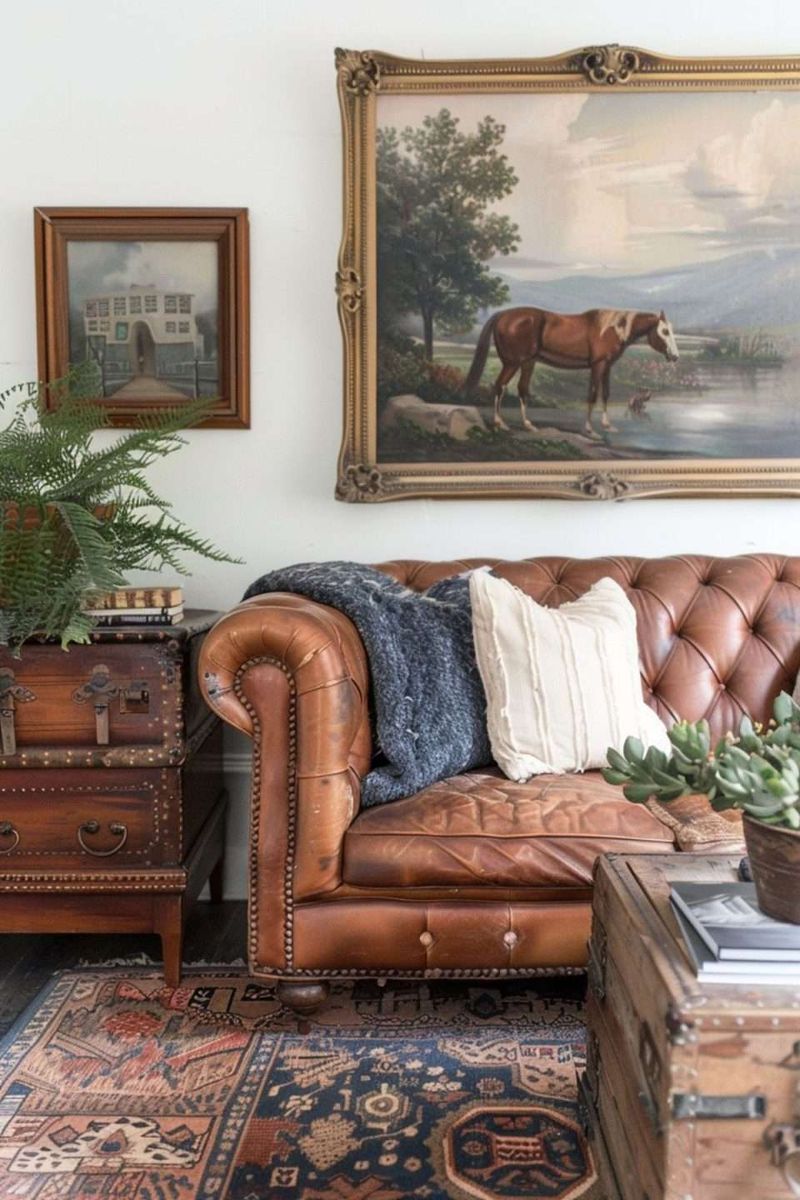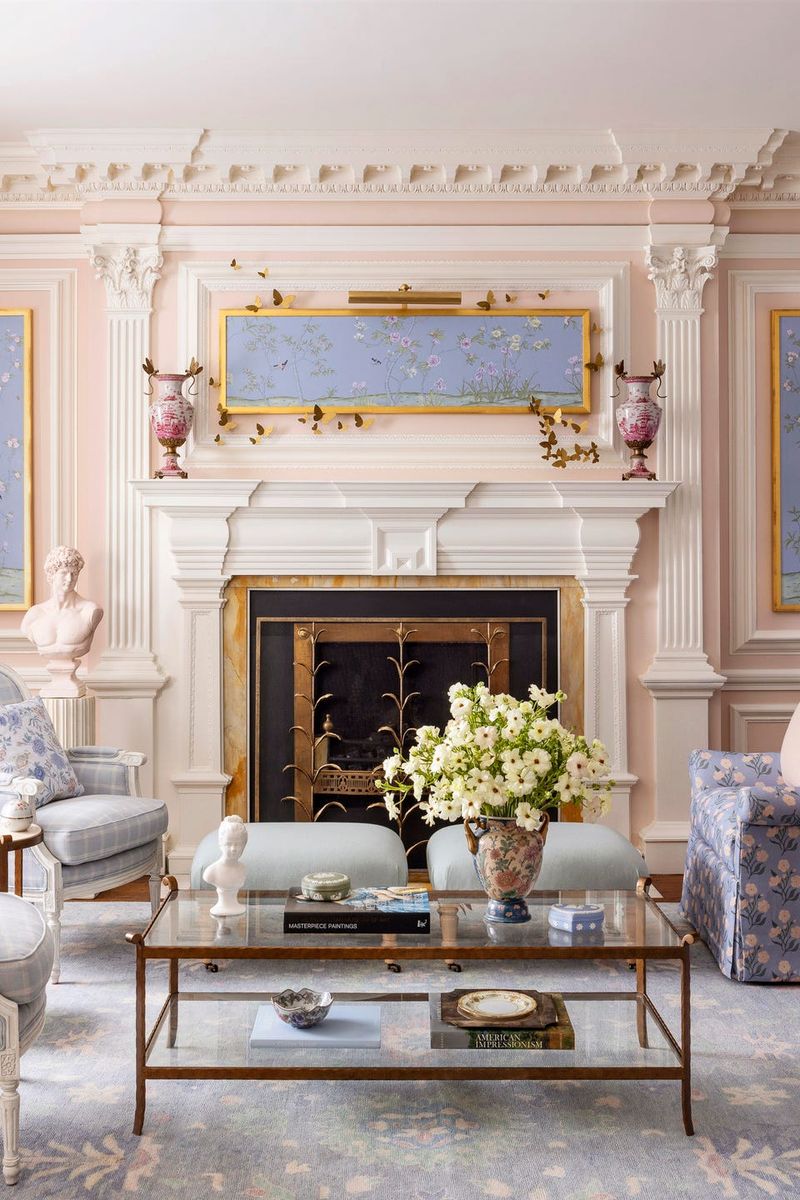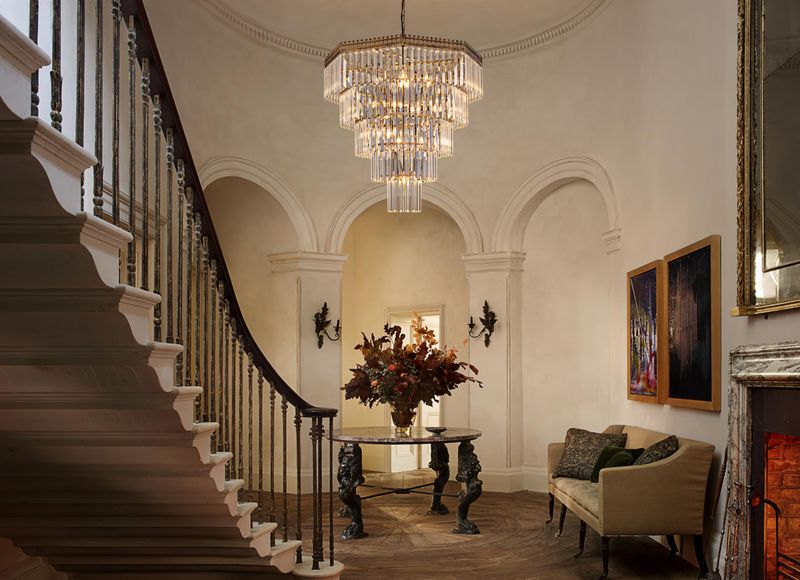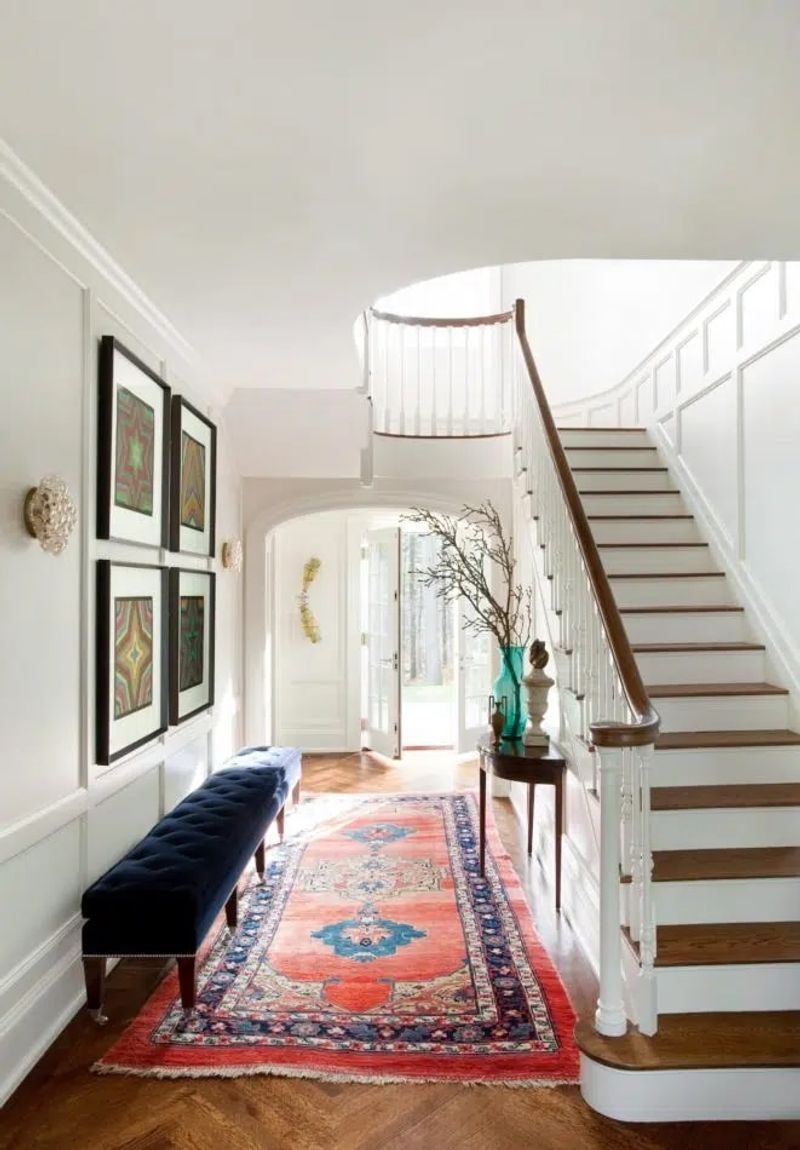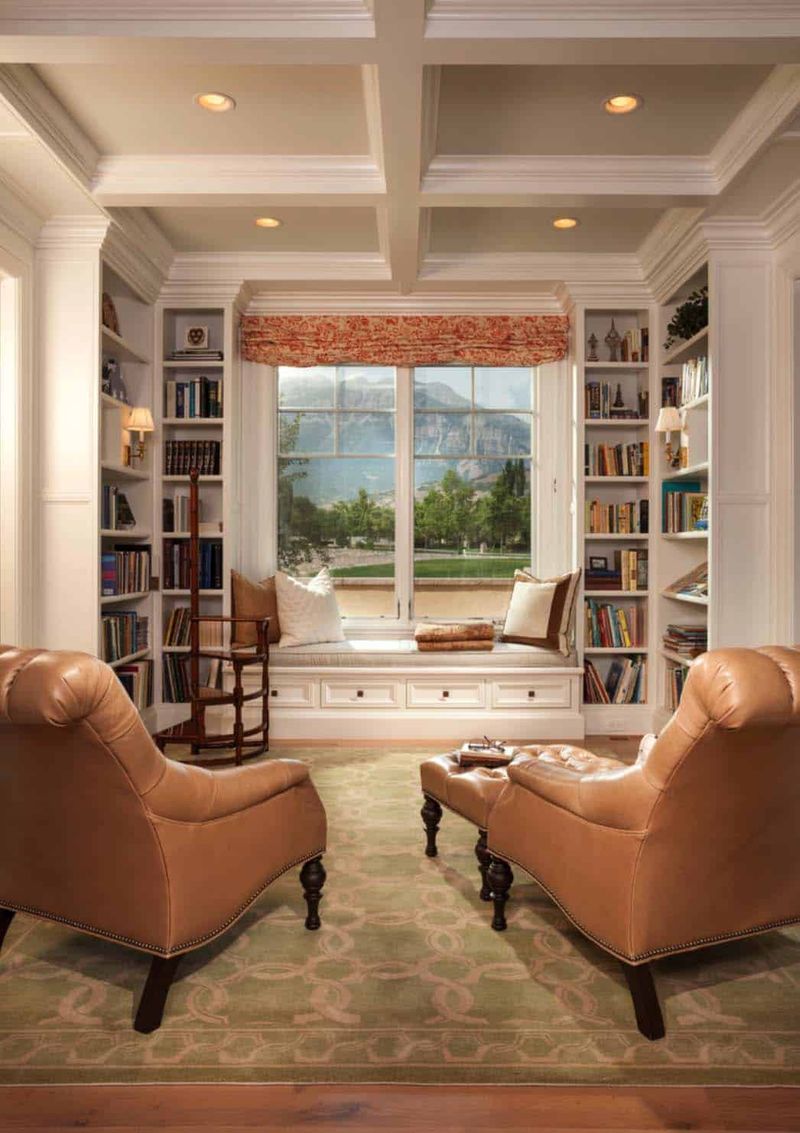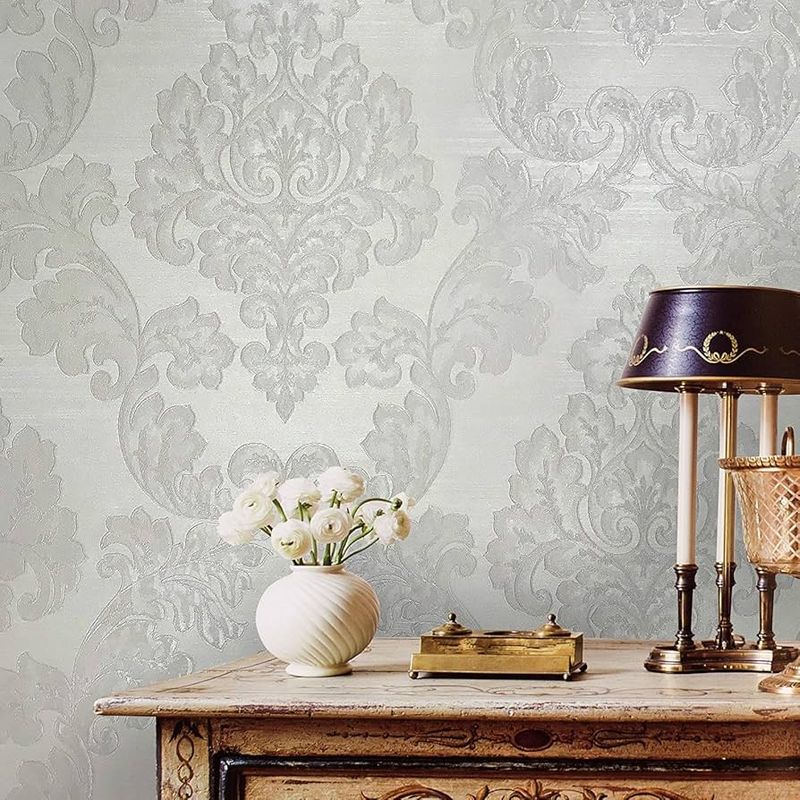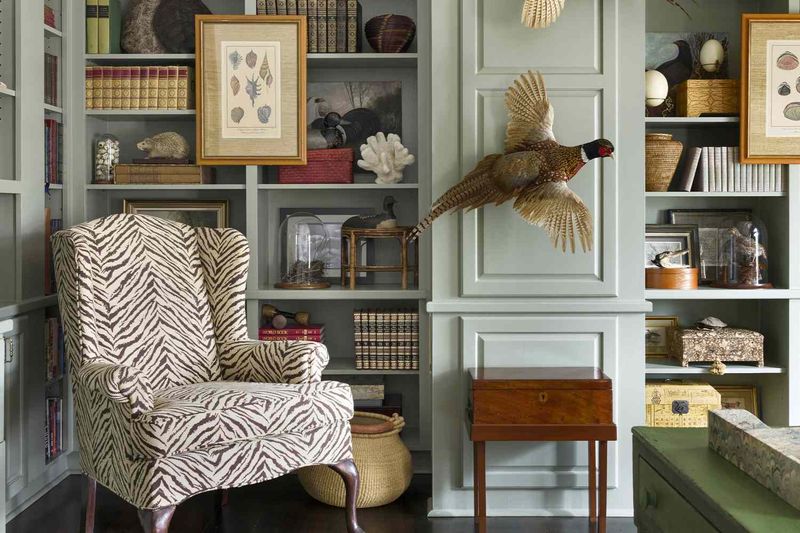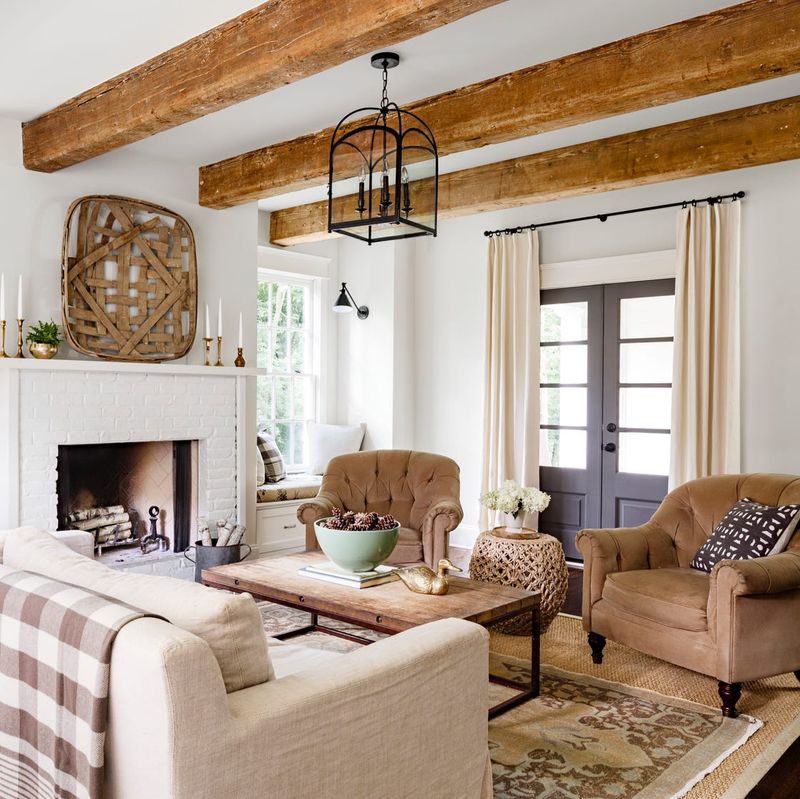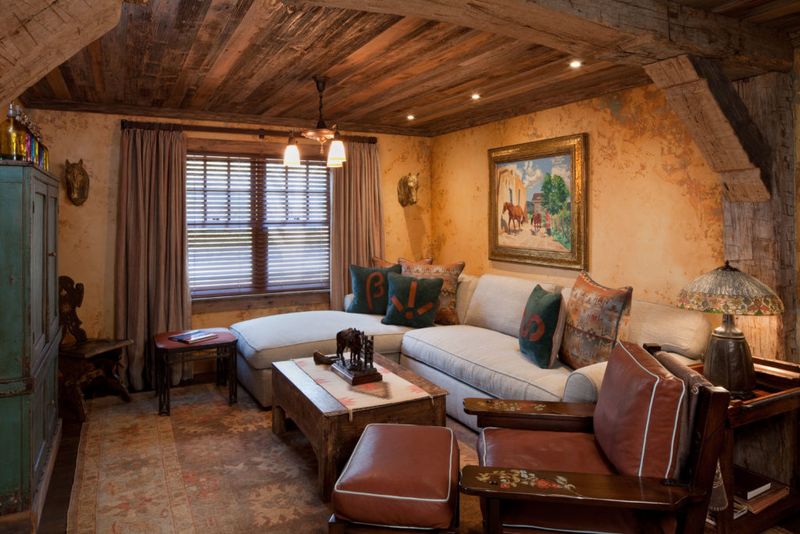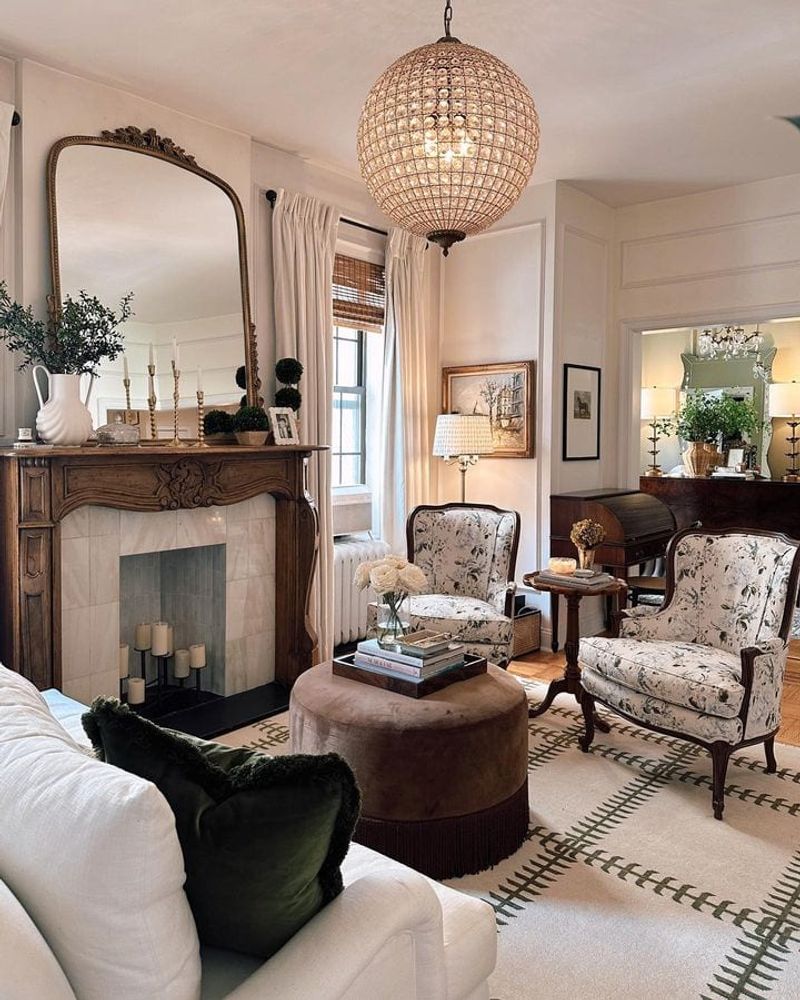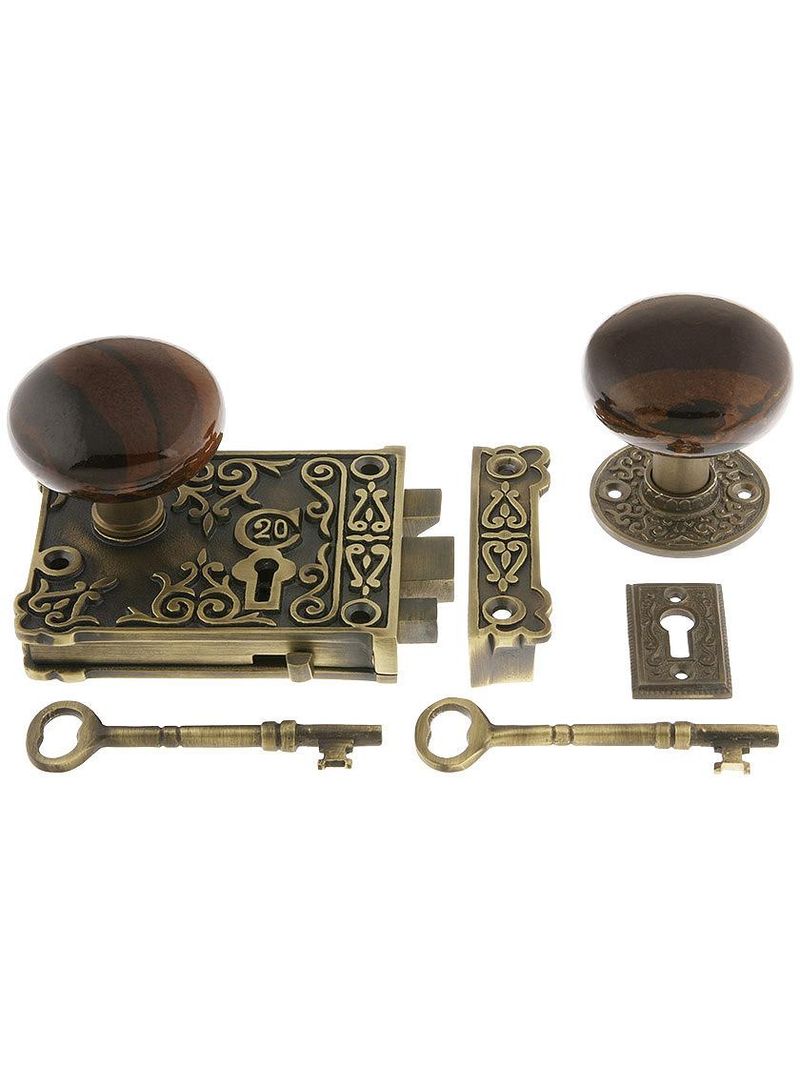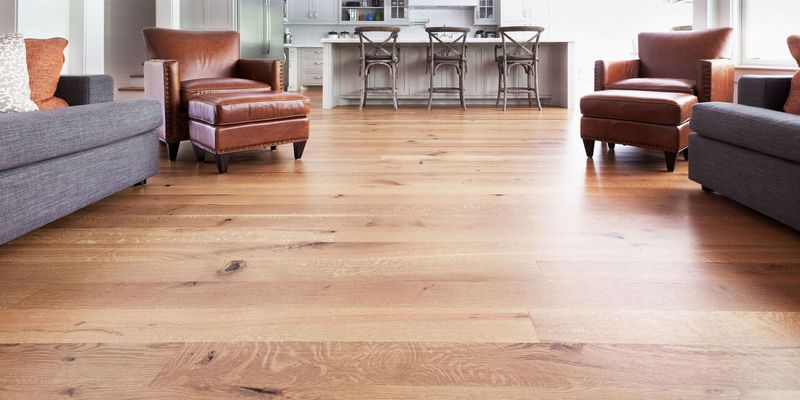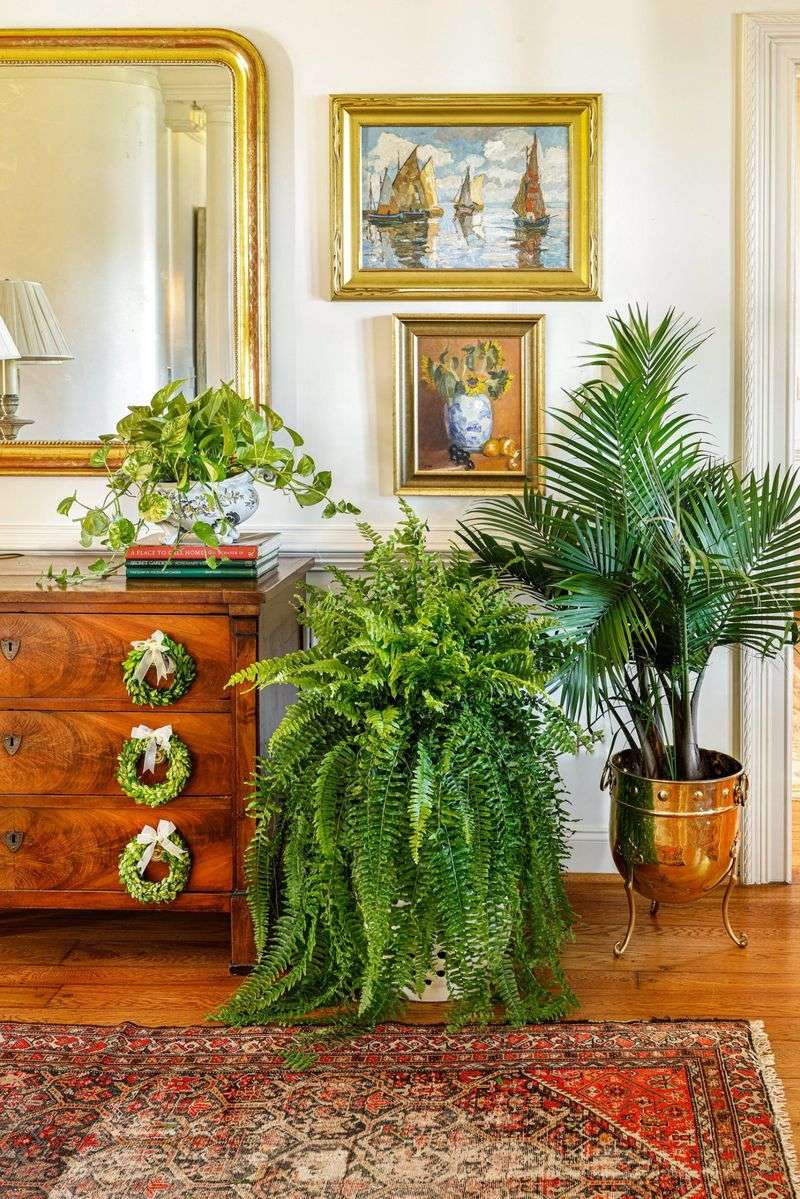Old houses have secrets to share about creating spaces that never go out of style.
From Victorian mansions to colonial cottages, these architectural treasures showcase design principles that have stood the test of time.
By studying these historic gems, we can uncover valuable lessons to create homes that feel both classic and comfortable for generations to come.
1. Embrace Quality Craftsmanship
Craftsmen spent weeks hand-carving a single banister or fitting together intricate parquet floors without modern tools.
When designing your space, invest in well-made furniture pieces that showcase visible craftsmanship rather than mass-produced items. The quality will not only last longer but will develop a beautiful patina over time that tells your home’s unique story.
2. Invest in Classic Materials
Have you noticed how marble countertops from the 1800s still look stunning today? Historic homes feature materials chosen for their beauty and durability—marble, hardwood, brass, and natural stone.
Rather than chasing trends with synthetic alternatives, select natural materials that age gracefully. Your home will develop character over time instead of looking dated when the next design fad arrives. These timeless elements create a foundation that supports changing decorative accents.
3. Prioritize Symmetry and Balance
Walking through a Georgian or Federal-style home reveals an immediate sense of harmony. The secret? Symmetrical arrangements that create visual balance and a feeling of stability.
Matching pairs of lamps, artwork, or furniture pieces arranged evenly around a focal point like a fireplace bring order to a room. This doesn’t mean everything must be perfectly matched—simply aim for visual weight that feels evenly distributed throughout your space for that timeless, settled feeling.
4. Harness Natural Light Thoughtfully
Before electricity, homes were designed to capture every available ray of sunshine. Tall windows, transoms, and strategically placed mirrors maximized natural illumination throughout the day.
Consider how light moves through your home and arrange furniture to take advantage of it. Avoid blocking windows with heavy treatments. Instead, opt for sheer curtains that filter light beautifully. Mirrors placed opposite windows can bounce daylight deeper into rooms, creating that golden glow historic interiors are famous for.
5. Choose Timeless Color Palettes
Flipping through historic paint collections reveals earthy tones, soft neutrals, and rich accent colors that never seem to go out of style. These palettes weren’t chosen on whim but developed from natural pigments available at the time.
For lasting appeal, build your color scheme around muted, complex hues rather than trendy brights. Consider historical colors like Prussian blue, ochre yellow, or sage green that have remained attractive for centuries. These sophisticated tones create rooms that feel both fresh and familiar.
6. Mix Textures for Visual Depth
Run your hand across the varied surfaces in a historic home—smooth plaster walls, glossy wood trim, rough stone hearths, and silky damask fabrics. This textural variety wasn’t just decorative but essential for creating visual interest.
Incorporating different textures prevents monochromatic schemes from falling flat. Try pairing rough-hewn beams with polished floors, or plush velvet cushions against linen upholstery. These tactile contrasts add dimension and warmth that make spaces feel collected over time rather than purchased all at once.
7. Incorporate Architectural Details
Even the simplest historic cottages often feature thoughtful architectural elements that elevate the entire space. Wainscoting, picture rails, ceiling medallions, and carved door frames weren’t afterthoughts but integral design features.
Adding architectural interest to plain rooms creates instant character without relying on decorative objects. Consider installing simple crown molding, chair rails, or ceiling beams. These permanent details form a beautiful backdrop that remains even when furniture and accessories change through the years.
8. Highlight Statement Lighting
Remember that magnificent crystal chandelier in your grandmother’s dining room? Historic homes treated lighting as jewelry for the room—central, dramatic focal points that anchored the space.
While you needn’t install a massive chandelier, choosing lighting with presence makes a lasting impression. Look for fixtures with quality materials and craftsmanship that won’t quickly date. Antique or reproduction sconces, pendants with classic shapes, or a well-designed table lamp can become the timeless statement piece that defines your room.
9. Layer Rugs and Textiles
What makes those centuries-old rooms feel so inviting? Layers upon layers of textiles bring warmth to even the grandest historic spaces.
Start with a substantial area rug that anchors your furniture grouping, then add smaller rugs for visual interest and comfort underfoot. Don’t stop there—incorporate throws draped casually over chairs, pillows in varying sizes, and window treatments that puddle slightly on the floor.
10. Add Built-In Storage Solutions
Long before big-box stores sold particle board shelving, historic homes incorporated clever built-in storage that blended seamlessly with architecture. Window seats with hidden compartments, butler’s pantries, and recessed bookcases maximized space while maintaining elegance.
Custom built-ins might seem like a splurge, but they add tremendous value while solving storage challenges. Consider adding a window bench with drawers underneath or transforming a shallow alcove into bookshelves.
11. Use Traditional Patterns Wisely
From delicate chinoiserie to bold damasks, historic homes showcase patterns that have remained appealing for centuries. The secret is in their thoughtful application and classic proportions.
Incorporate traditional patterns through wallpaper, upholstery, or textiles, but maintain balance by mixing scales. Pair a large floral with a small geometric or subtle stripe. These time-tested designs connect us to the past while remaining surprisingly fresh.
12. Display Curated Collections
Victorian parlors weren’t minimalist showcases but personal museums displaying treasured collections. Family photographs, travel souvenirs, and heirloom china told stories about the home’s inhabitants.
Rather than filling shelves with random decorative objects, curate meaningful collections that evolve over time. Group similar items together—vintage books, botanical prints, or ceramics in complementary colors.
13. Create Intimate Seating Areas
Before television dominated living rooms, historic homes featured conversation areas designed for face-to-face interaction. Small groupings of chairs pulled close together invited intimate discussions.
Even in open-concept spaces, arrange furniture to create cozy conversation nooks. Try placing four chairs around a small table or positioning a loveseat and chairs at right angles. These thoughtful arrangements encourage connection and make even large rooms feel warm and inviting.
14. Feature Rich Wood Finishes
The warm glow of aged wood brings unmatched character to historic interiors. From honey-colored pine floors to mahogany banisters darkened by centuries of hand oils, these natural finishes create depth that synthetic materials simply can’t replicate.
Incorporate wood elements with visible grain and natural variation rather than heavily processed composites. If budget allows, restore original wood features instead of replacing them. The slight imperfections and patina of older wood surfaces tell a story of use and care that new materials lack.
15. Celebrate Ceiling Details
Look up in almost any historic home and you’ll discover a world of overlooked beauty. Ornate plasterwork, painted medallions, exposed beams, or even simple tongue-and-groove paneling transform ceilings from forgotten planes into architectural features.
While elaborate plasterwork might not be practical, consider adding simple ceiling details like box beams, painted borders, or even wallpaper. These unexpected elements draw the eye upward, creating visual interest that makes rooms feel more complete.
16. Include Antique or Vintage Pieces
Wandering through historic home museums reveals how beautifully older furniture mixes with newer pieces. Each generation added their contemporary items while keeping family heirlooms, creating layered interiors with depth and personality.
Incorporating even one quality antique or vintage piece lends authenticity to modern rooms. Look for solid construction and good proportions rather than perfect condition. A weathered farm table, antique mirror, or vintage rug brings instant character that new reproductions simply can’t match.
17. Select Elegant Hardware
Those tiny brass doorknobs and cabinet latches in historic homes weren’t afterthoughts but carefully selected finishing touches. Quality hardware was considered jewelry for the home—small but significant details that elevated everyday experiences.
Upgrading builder-grade hardware is one of the most impactful ways to add instant character. Choose solid brass doorknobs, bin pulls for drawers, or decorative hinges that feel substantial in the hand.
18. Opt for Durable Flooring
Those 200-year-old wide-plank floors still looking gorgeous? Historic homes weren’t built with planned obsolescence in mind but designed to last generations with proper care.
When selecting flooring, prioritize durability and repairability over current trends. Solid hardwood can be refinished multiple times, while natural stone develops beautiful patina with age. Even if budget constraints require compromises, choose the best quality possible for this foundational element.
19. Integrate Nature with Indoor Plants
Victorian homes were famous for their lush indoor gardens—ferns cascading from stands, palms reaching toward high ceilings, and flowering plants bringing life to formal parlors. This tradition connects to biophilic design principles that recognize our innate connection to natural elements.
Incorporating houseplants adds literal life to interiors while improving air quality. Choose varieties with historical significance like ferns, palms, or ivy for period authenticity.

